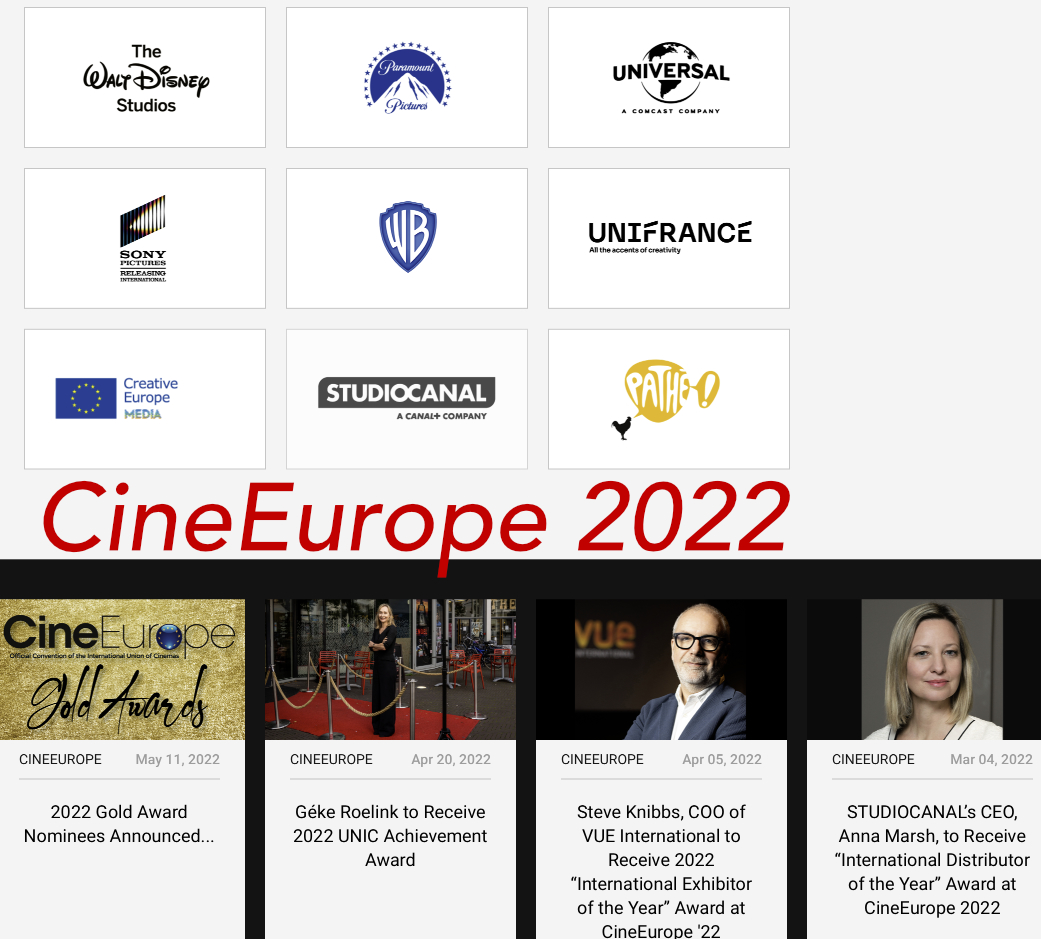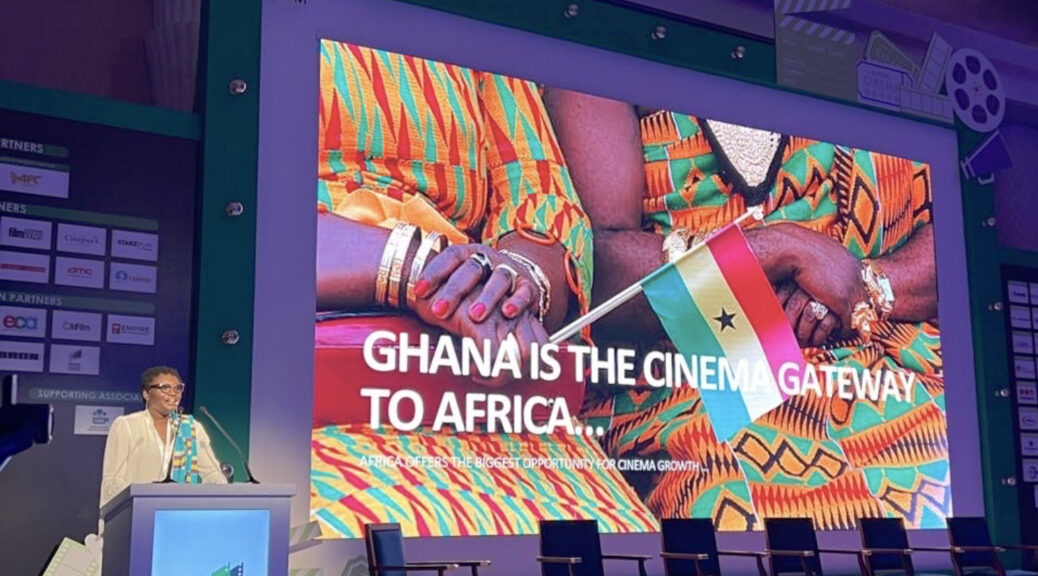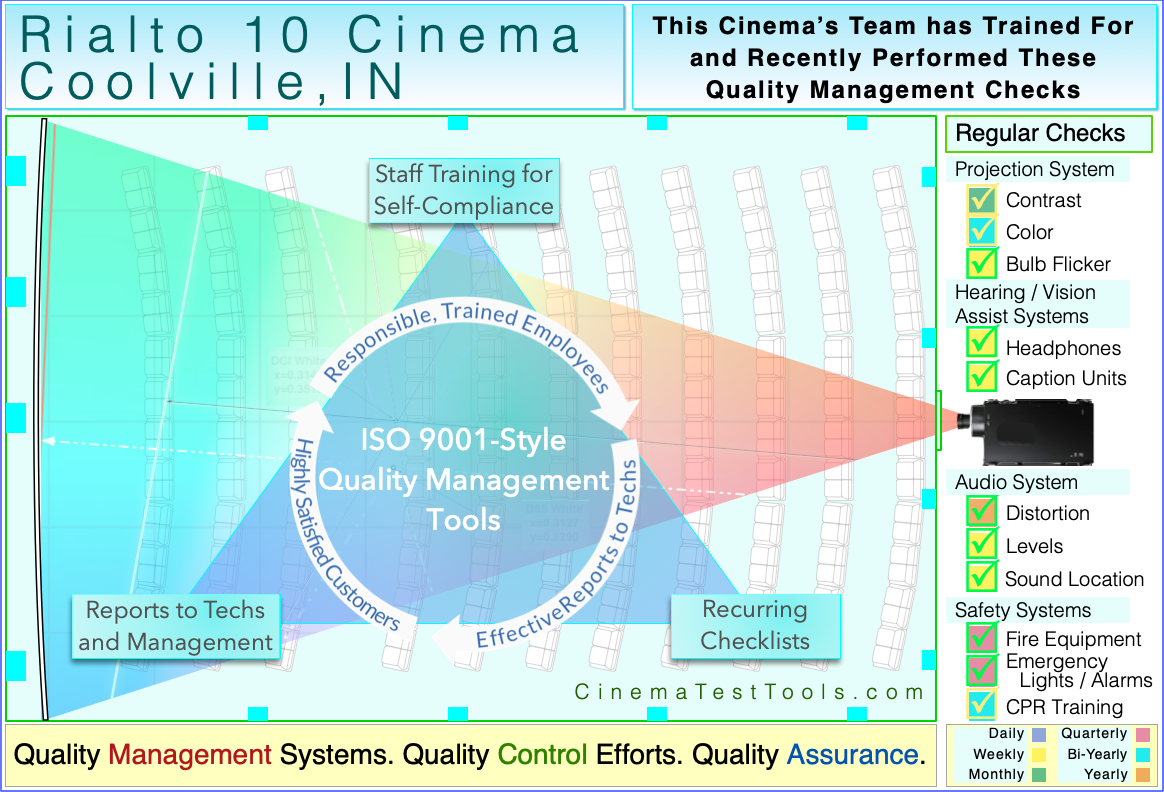Is the cost of training and 20K worth saving a client’s life?
The conventional method for chest compressions doesn’t have a great success rate. Doctors are pumping it up with a high-tech plunger.

In 1988, a 65-year-old man’s heart stopped at home. His wife and son didn’t know CPR, so in desperation they grabbed a toilet plunger to get his heart going until an ambulance showed up.
Later, after the man recovered at San Francisco General Hospital, his son gave the doctors there some advice: Put toilet plungers next to all of the beds in the coronary unit.
The hospital didn’t do that, but the idea got the doctors thinking about better ways to do CPR, or cardiopulmonary resuscitation, the conventional method for chest compressions after cardiac arrest. More than three decades later, at a meeting of emergency medical services directors this week in Hollywood, Fla., researchers presented data showing that using a plunger-like setup leads to remarkably better outcomes for reviving patients.
Traditional CPR doesn’t have a great track record: On average, just 7 percent of people who receive it before getting to the hospital are ultimately discharged with full brain function, according to a national registry of cardiac arrests treated by emergency medical workers in communities across the country.
“It is dismal,” said Dr. Keith Lurie, a cardiologist at the University of Minnesota Medical School who treated the plunger patient in 1988.
The new procedure, known as neuroprotective CPR, has three components. First, a silicone plunger forces the chest up and down, not only pushing blood out to the body, but drawing it back in to refill the heart. A plastic valve fits over a face mask or breathing tube to control pressure in the lungs.
The third piece is a body-positioning device sold by AdvancedCPR Solutions, a firm in Edina, Minn., that was founded by Dr. Lurie. A hinged support slowly elevates a supine patient into a partial sitting position. This allows oxygen-starved blood in the brain to drain more effectively and to be replenished more quickly with oxygenated blood.
The three pieces of equipment, which fit into a backpack, cost about $20,000 and can be used for several years. The devices have been separately approved by the Food and Drug Administration.
About four years ago, researchers began studying the combination of all three devices used in tandem. At this week’s meeting, Dr. Paul Pepe, a longtime CPR researcher and the director of Dallas County’s emergency medical services, reported results from 380 patients who could not be revived by defibrillation, making their odds of survival particularly bleak. Among those who received the new CPR method within 11 minutes of cardiac arrest, 6.1 percent survived with brain function intact, compared with just 0.6 percent who received traditional CPR.
He also reported significantly better odds for a subgroup of patients who had no heartbeat but had random electric activity in their heart muscles. The typical odds of survival for people in those circumstances are about 3 percent. But the patients in Dr. Pepe’s study who received neuroprotective CPR had a 10 percent chance of leaving the hospital neurologically intact.
Last year, a study carried out in four states found similar results. Patients who received neuroprotective CPR within 11 minutes of a 911 call were about three times as likely to survive with good brain function as those who received conventional CPR.
“This is the right thing to do,” Dr. Pepe said.
A couple of years ago, Jason Benjamin went into cardiac arrest after a workout at a gym in St. Augustine, Fla. A friend took him to a nearby fire department, where trained workers deployed the neuroprotective CPR gear. It took 24 minutes and multiple defibrillations to revive him.
After he recovered, Mr. Benjamin, a former emergency medical technician himself, was amazed to learn about the new approach that had saved his life. He read the studies and interviewed Dr. Lurie. The three-part procedure had several complicated names at the time. It was Mr. Benjamin who came up with the term neuroprotective CPR “because that’s what it’s doing,” Mr. Benjamin recalled, adding that “the focus was on protecting my brain.”
Dr. Karen Hirsch, a neurologist at Stanford University and a member of the CPR standards committee for the American Heart Association, said that the new approach was interesting and made physiological sense, but that the committee needed to see more research on patients before it could formally recommend it as a treatment option.
“We’re limited to the available data,” she said, adding that the committee would like to see a clinical trial in which people undergoing cardiac arrests are randomly assigned to conventional CPR or neuroprotective CPR. No such trials are happening in the United States.
Dr. Joe Holley, the medical director for the emergency medical service that serves Memphis and several surrounding communities, isn’t waiting for a larger trial. Two of his teams, he said, were getting neurologically intact survival rates of about 7 percent with conventional CPR. With neuroprotective CPR, the rates rose to around 23 percent.
His crews are coming back from emergency calls much happier these days, too, and patients are even showing up at fire stations to thank them for their help.
“That was a rare occurrence,” Dr. Holley said. “Now it’s almost a regular thing.”
What to Know About Heart Health
Heart attacks and strokes are among the leading causes of death around the world, but there are ways to protect yourself.
About 80 percent of all cases of cardiovascular disease are preventable. Use our guide to improve your heart health.
Noise can damage your heart as well as your hearing. But there are ways to measure your exposure and reduce your risk.
A new genetic test, known as a polygenic risk score, could help patients understand whether they really need early treatment for heart disease.
For the first time, patients with damaged tricuspid valves in their hearts — a condition that can lead to heart failure — might have a safe treatment that actually helps.
Should you take supplements to lower your cholesterol instead of statins? Here is what the experts say. Could bempedoic acid be a valid alternative? This is what we know.
Psychological stress can set in motion a cascade of reactions that can lead to heart attacks and strokes. Here’s how to reduce the harm of stress.
Heart attack symptoms in women tend to be subtler than they are in men. Learn how to recognize the warning signs.





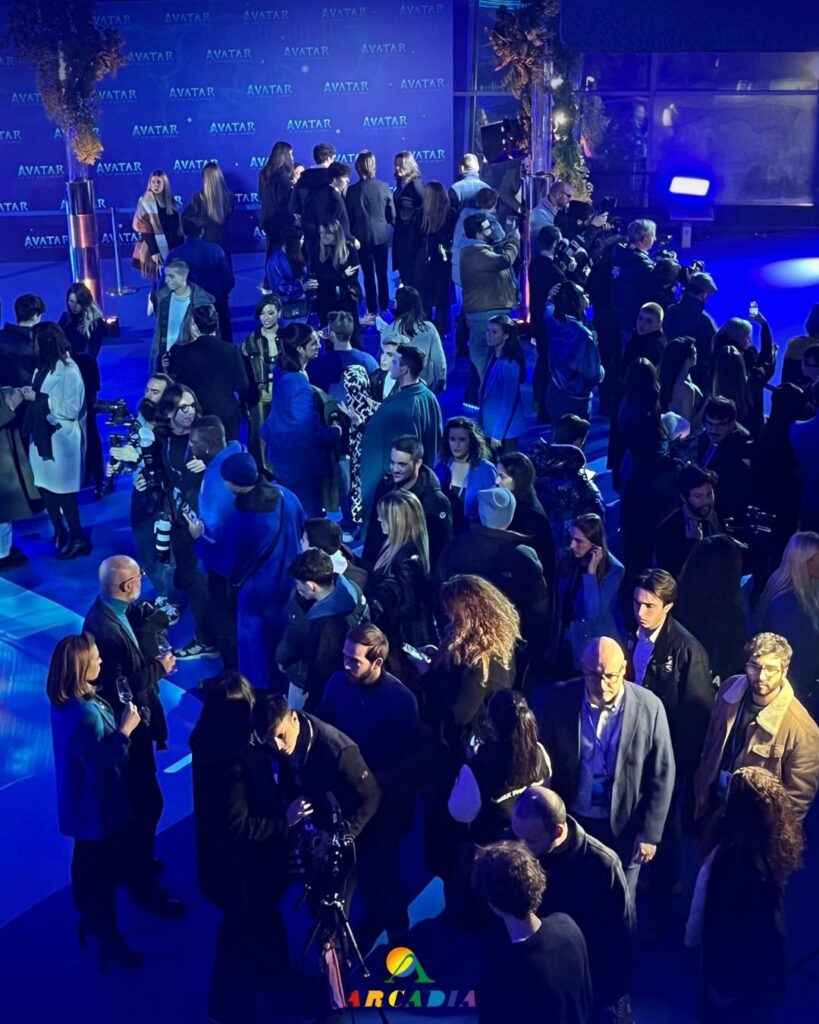
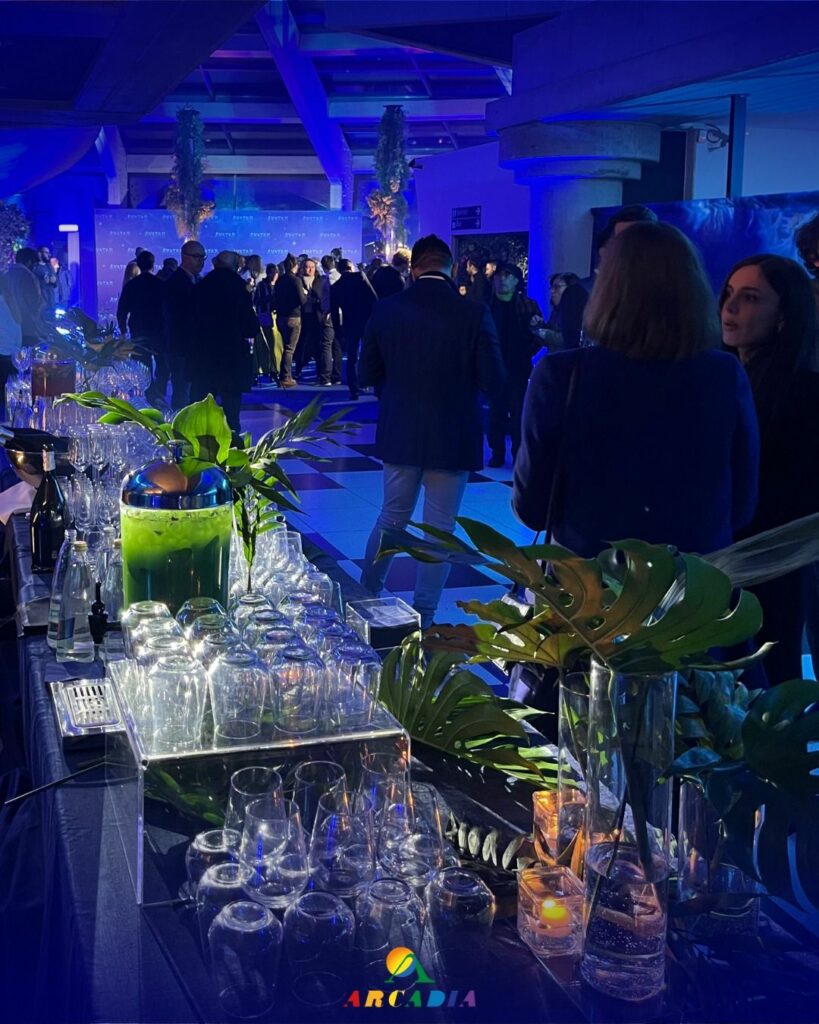
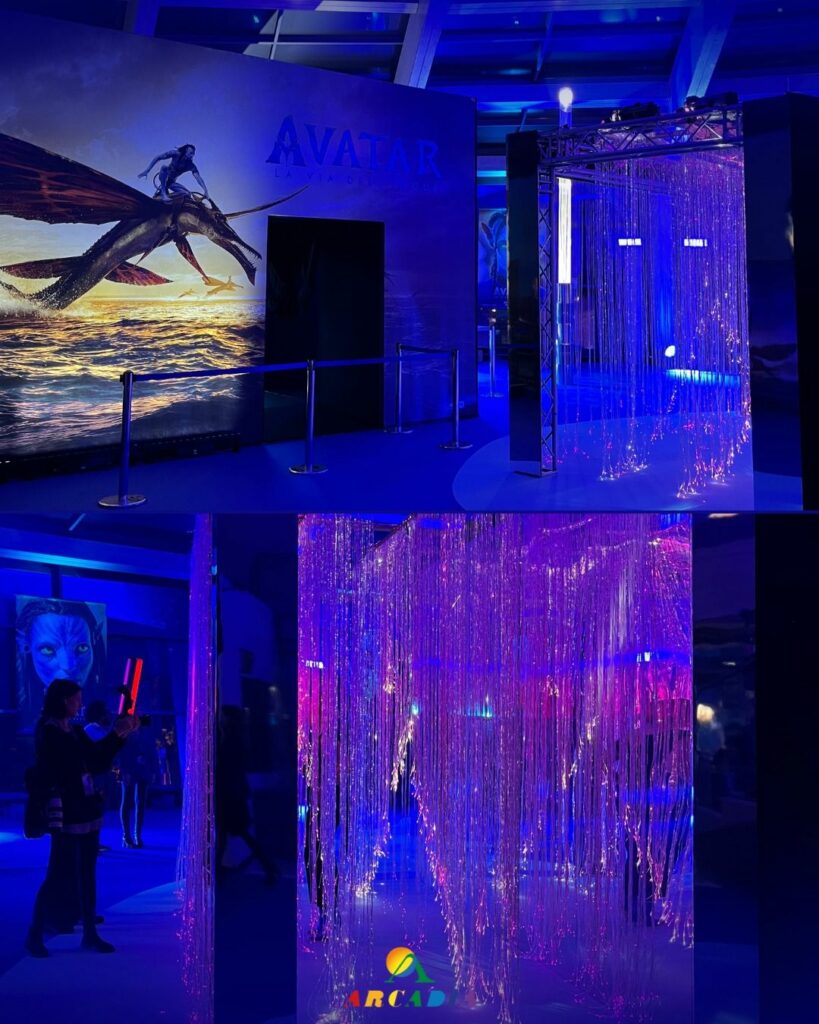 Unmissable Unique experience to be remembered for decades to come. 💙 More photos and video on our @arcadiacinema IG page.
Unmissable Unique experience to be remembered for decades to come. 💙 More photos and video on our @arcadiacinema IG page. Educating the market
Educating the market